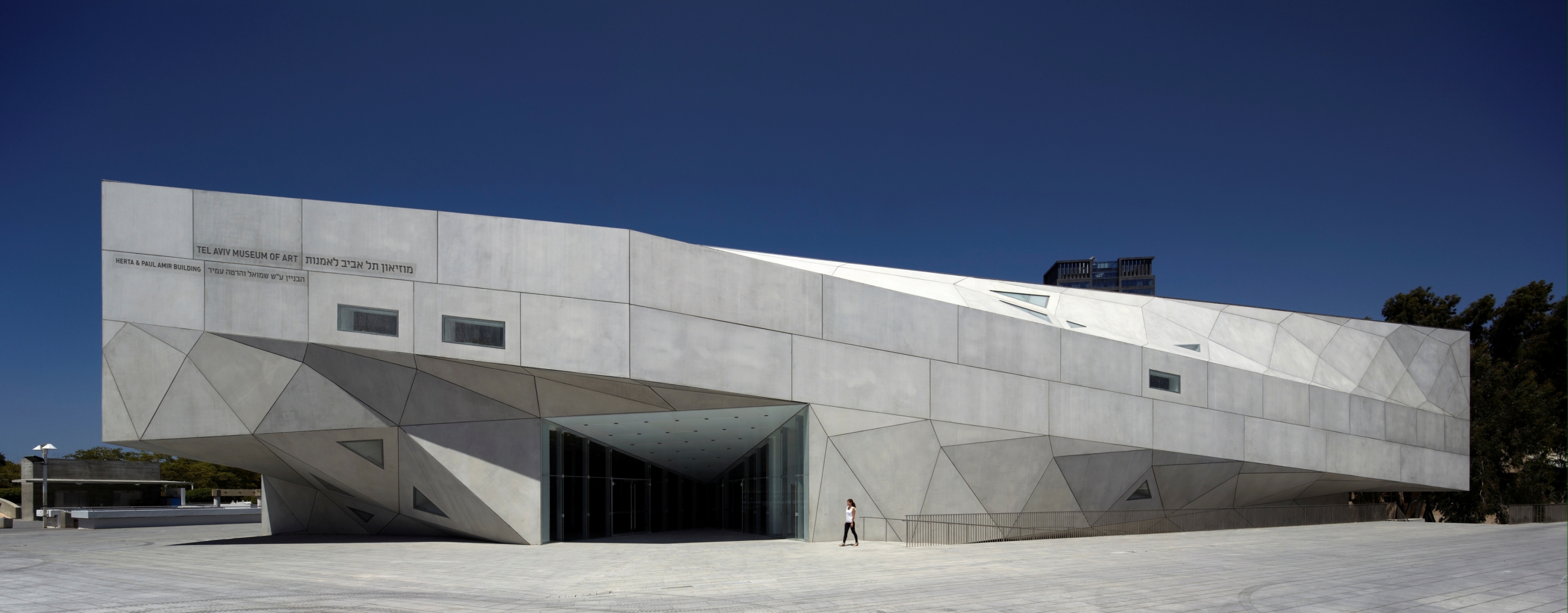
Tel Aviv-Yafo is known for its food, for its gay scene, its politics, beaches and nightlife; what you might not know is that it is one of the most dog-friendly cities in the world (there are plenty of dog cafes, as well as a dedicated dog beach) with the most dog owners per capita (among the population of almost 430,000) of any city in the world.
“Tel Aviv is my favourite city in the world, not just because I can call it home, but because of its beautiful ugliness, its architecture and the so many hidden under-the-radar spots”
Tel Aviv is known as “the bubble”, and it’s easy to forget where you are in the wealthy, elite northern neighbourhoods of the city, full of hair salons and nail bars—as well the odd local icon, like the smoke-filled fried fish bar, the Barbunia, when you can eat fresh catch from the Mediterranean and swig beer with old sailors.

Moving towards the centre and the south of the city, where the smell of weed, rotting rubbish and damp swimsuits fills the humid air, you’ll find the younger generation and its culture. The Shapira and Florentin neighbourhoods are home to Tel Aviv’s ferocious street art scene, with paint covering almost every crumbling building in sight and in-fighting between artists that has sometimes turned violent. Sadly, the city has been no stranger to violence throughout its turbulent history; Tel Aviv is ultimately a small city with unresolved tensions crackling in the air, and the ubiquitous presence of armed soldiers reminds you of it.

Meander off hectic Allenby Street with its cheap knock-off shops and jewellers and wind your way through the Carmel Market (worth a look, and a stop at Cafe Yom Tov for coffee) and you’ll find the CCA (currently showing Laurent Montaron and Tchelet Ram), which has been running since 1998 and today is one of Israel’s most established venues for contemporary and experimental arts, bringing international artists like Marina Abramović in the past, and putting up pivotal shows in the careers of Israeli artists like Yael Bartana and Guy Ben-Ner. The commercial gallery scene in Tel Aviv is still developing and revolves around two powerhouses: Sommer Contemporary Art and Gordon Gallery. The latter, first opening in the sixties, has two spaces—one on HaPelech Street (by appointment only at the moment) and, from 30 August, a relocated second space at 5 HaZerem Street (showing Ofer Lellouche until 20 October).
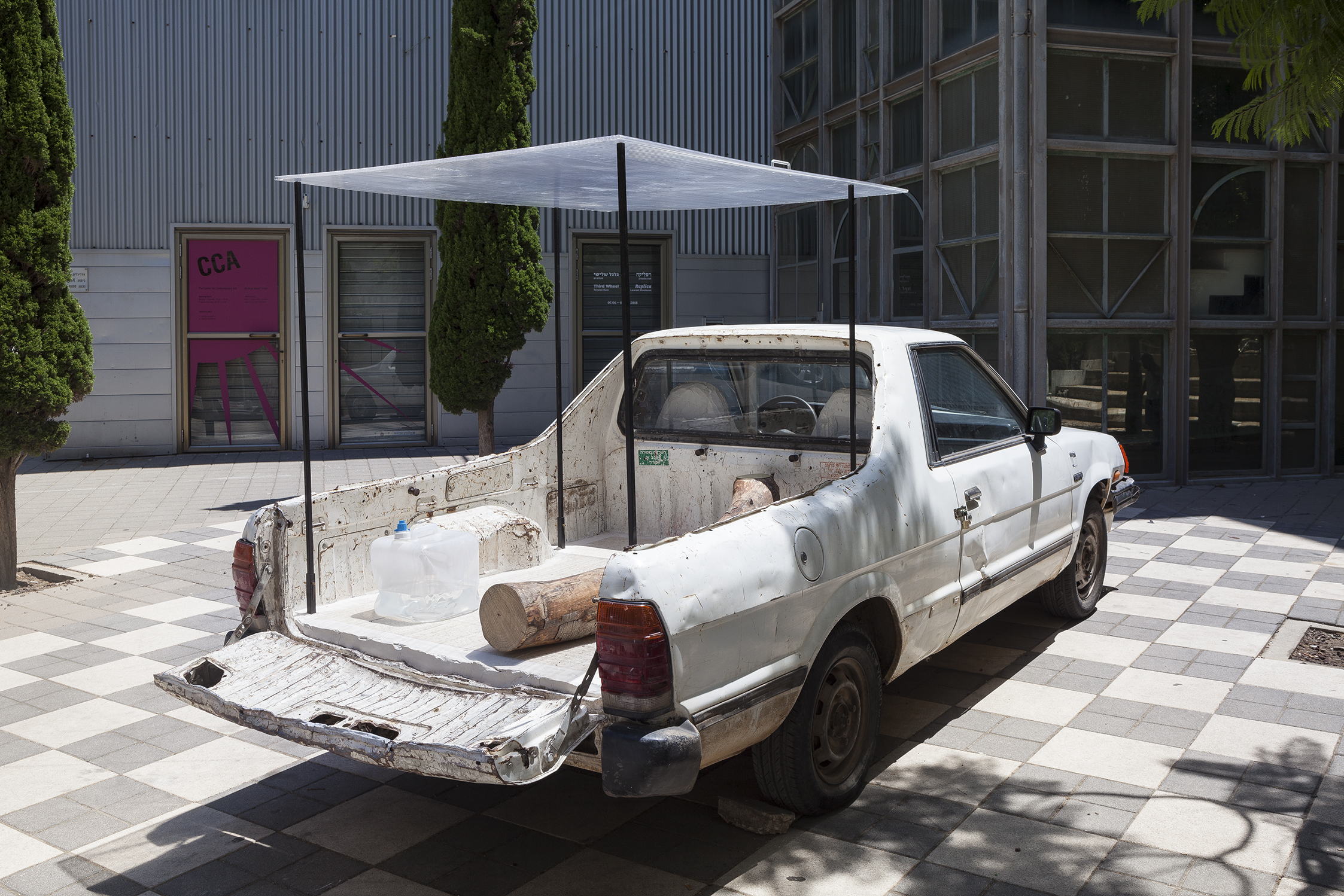
“Tel Aviv is my favourite city in the world, not just because I can call it home, but because of its beautiful ugliness, its architecture and the so many hidden under-the-radar spots. Unlike the rest of Israel, it is really diverse, permissive and ever alive—you can be you here,” says Raz Shapira, associate curator of Israel’s contemporary art fair, Fresh Paint. “What I like most are the places that open once to hold a show and then return to their original purpose as a home, shelter, old school or shop.” One example is Lev Tattoos—a tattoo shop hosting regular exhibitions (now showing Kuku Riku Coca-Cola, an exhibition of five international artists).
“Tel Aviv’s startup culture and proclivity for independent business is reflected in the number of grungy, low-key art spaces compared to the absence of big chain blue chips”
On first view, Tel Aviv’s architecture can look like a wild hodgepodge, with techy, glassy, skyscrapers dominating the beachfront (not unlike Rio de Janeiro) and run-down residential blocks inside the city. But the White City of Tel Aviv, a UNESCO World Heritage Site, is home to the highest concentration of Bauhaus buildings in the world—more than 4,000 of them—built in the 1930s by Jewish German architects who immigrated to Israel, adapting the plans for a “garden city” and the European modernist style of the era to better suit the intense desert climate. Turn a corner and you’ll suddenly come across a spectacular restoration, painted pastel pink or powder blue. Hotel Montefiore is among the magnificently restored buildings—if you can’t afford the rooms, you can have breakfast on the balcony. If you can’t afford the breakfast, you can take a pee in the bathrooms.
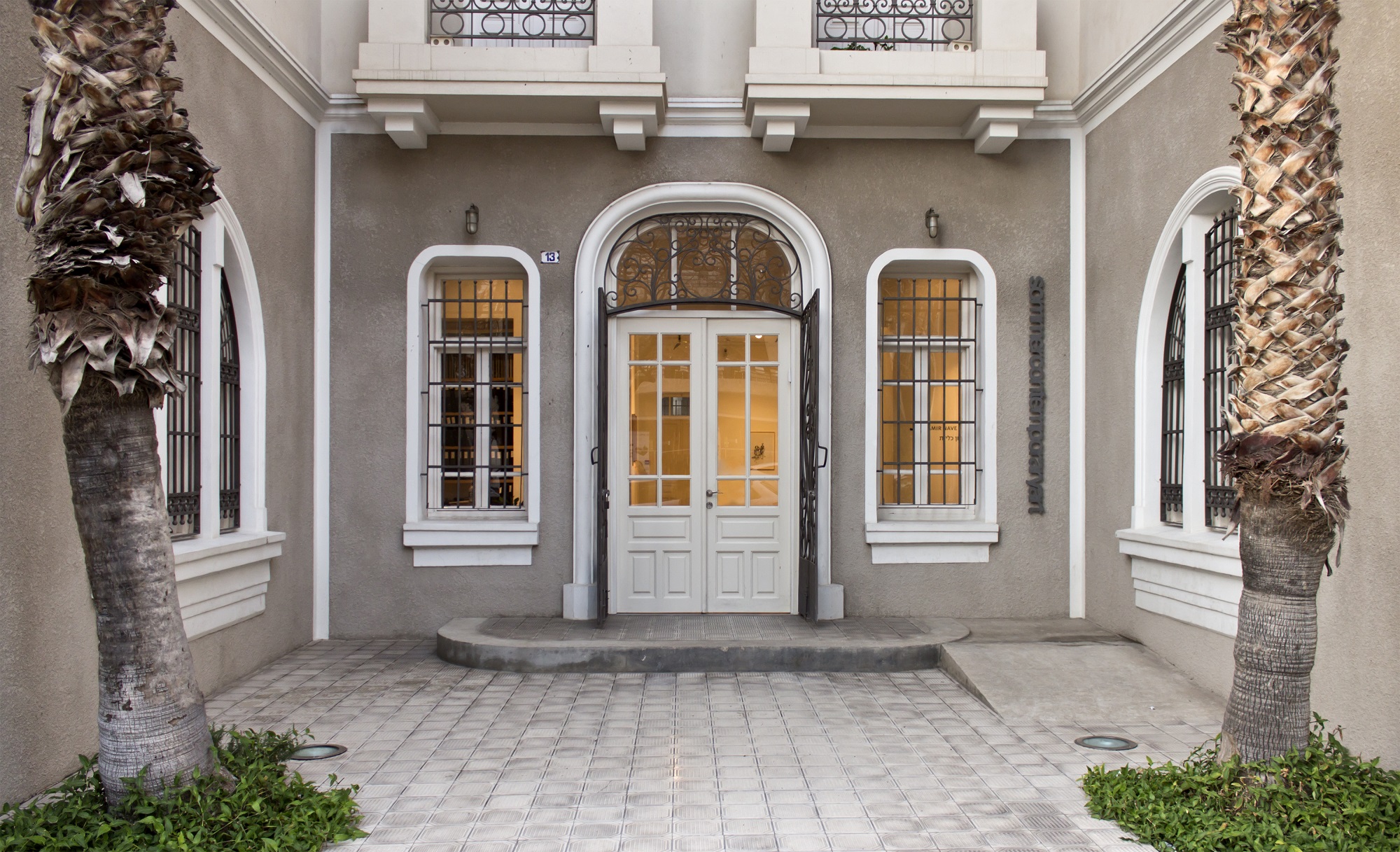
Tel Aviv’s charm might not always be obvious, and with the high number of people on rollerblades it can feel stuck in the nineties, but in the Neve Tzedek—a hub for the many French expatriates who live in Tel Aviv—it is ostentatious. The first Jewish neighbourhood to be built outside of the ancient port of Jaffa dates back to 1887, when a group of Mizrahi Jewish families established a community there. It is now an expensive neighbourhood dotted with fancy boutiques and chic restaurants—but it was once a sanctuary for artists, and the dwelling place of both Nobel Prize laureate Shmuel Yosef Agnon and the artist Nachum Gutman. Almost unbelievable, walking there today, to think that in the 1960s it had become a slum, and was only gentrified in the 1980s, significantly when the Suzanne Dellal Center for Dance and Theater opened in an old building which is still there today. The area will no doubt see further change again when the Tel Aviv Light Rail opens in 2021.
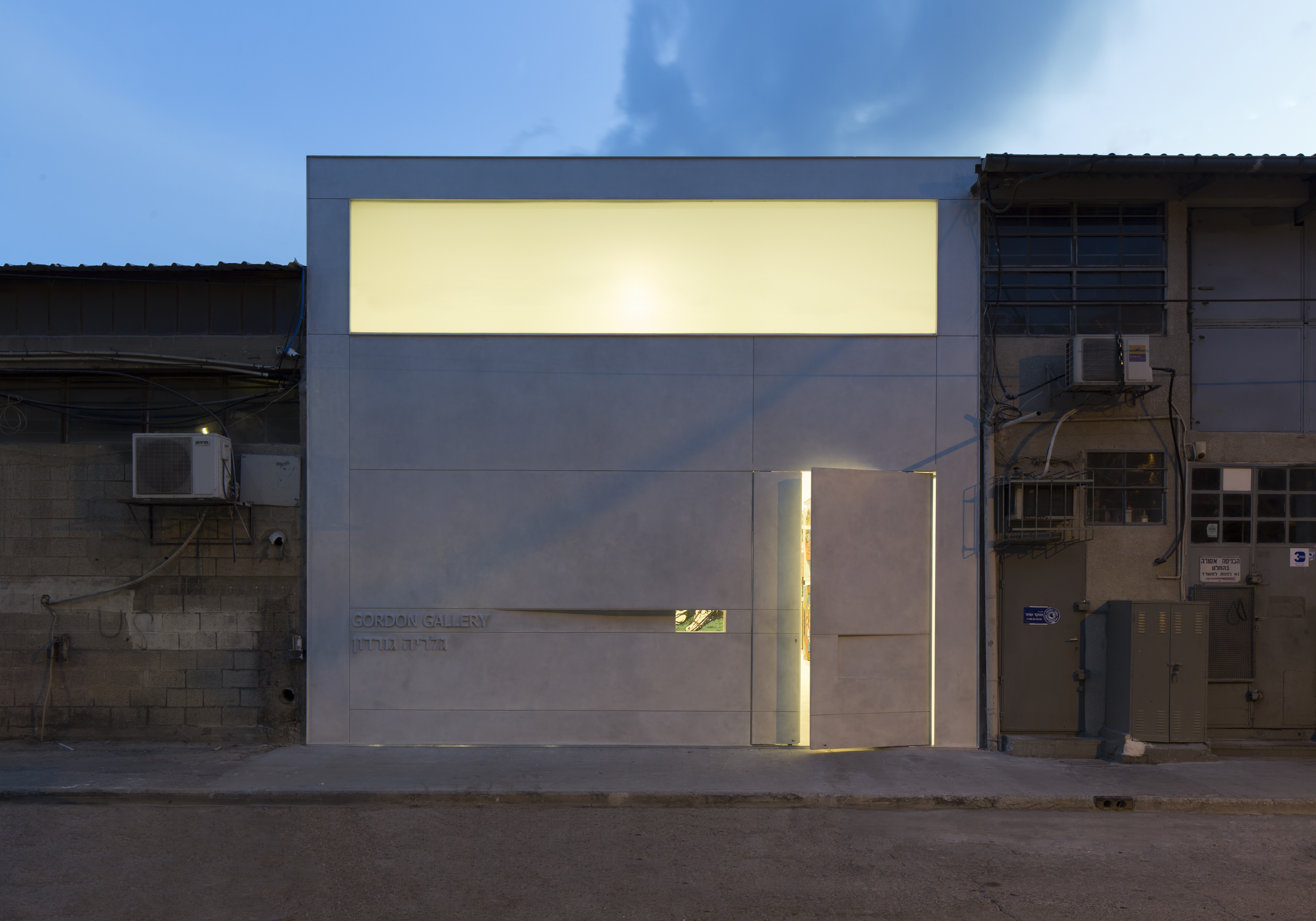
A short walk from the Neve Tzedek is Jaffa—once a city, of which Tel Aviv was a suburb, until the two were eventually joined, not without controversy, in 1950—borders the port, and is densely populated with cafes, bars, restaurants and bakeries, pretty streets and squares, artist studios and artisan workshops. Artist Ella Littwitz lives in the area, and loves the mix of Arab and Jewish cultures there, though things are still far from peacefully integrated. In October she is part of a team supporting the artists Michael Kovner and Avner Levinson to open a new non-commercial gallery space in nearby Kiryat Hamelacha, called Maya, which will also “be used for cultural activities and lectures”. Tel Aviv’s startup culture and proclivity for independent business is also reflected in the number of grungy, low-key art spaces compared to the absence of big blue chips.
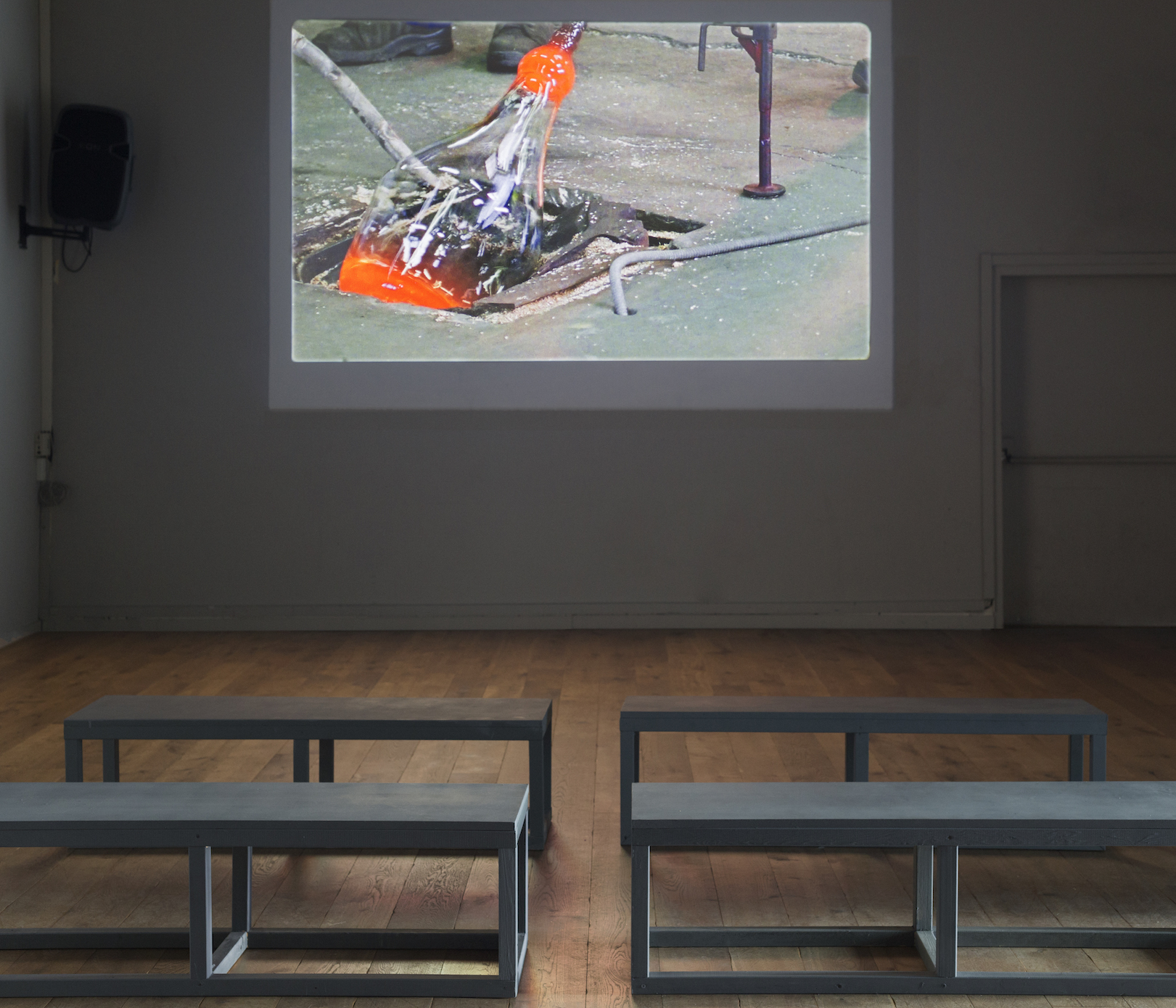
The weekend in Israel begins on Friday afternoon, and even in secular Tel Aviv most things are closed on Saturdays. On Friday afternoon you might head to one of Eyal Shani’s packed-out restaurants. Shani is an idiosyncratic culinary legend in Israel, a man obsessed with tomatoes and cauliflower. At Port Said, the haunt of the best-looking Tel Avivians, you can eat a “pile of tomatoes” while listening to vinyl, while upstairs at Salon Romano, the menu reads more like a haiku and food arrives on paper. Saturday, with its slow, sleepy vibe, is a good day to visit the Tel Aviv Museum of Art (open 10am to 6pm), the definitive institute for contemporary art in the country. Of course, you could also head to one of Tel Aviv’s thirteen beaches, but don’t expect it to be relaxing—the favourite Israeli pastime is a noisy game of Matkot (racquetball) on the water’s edge.





